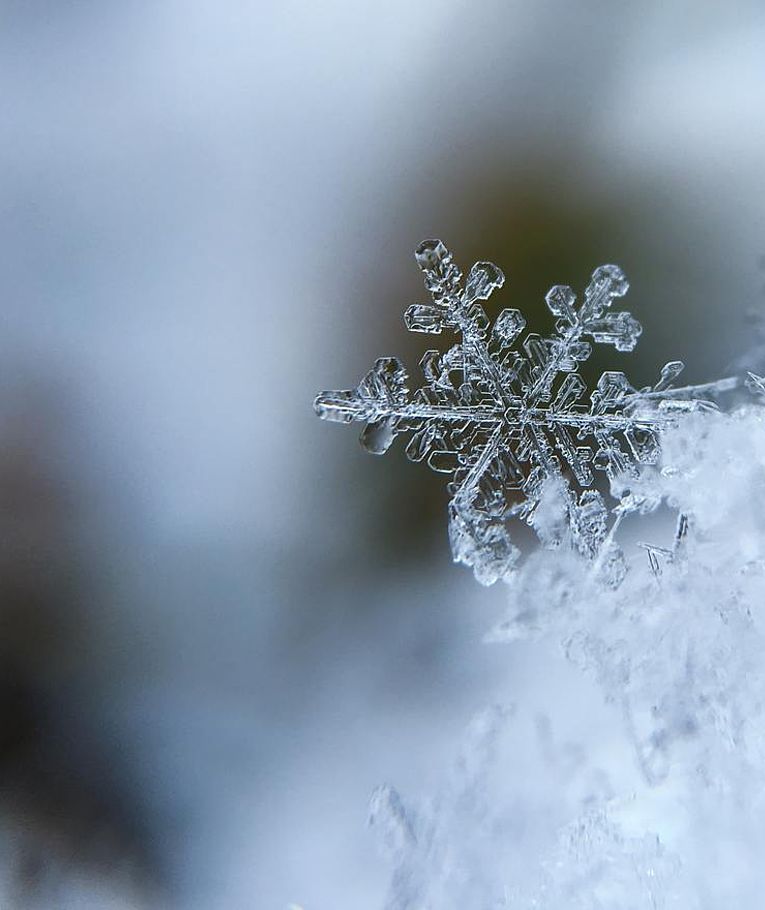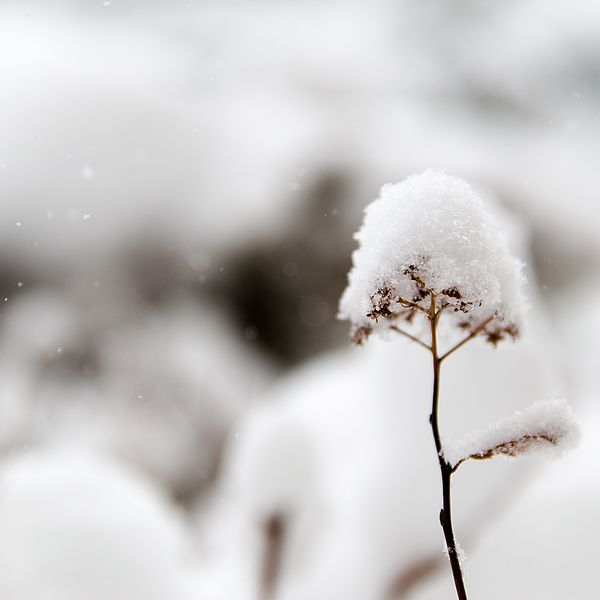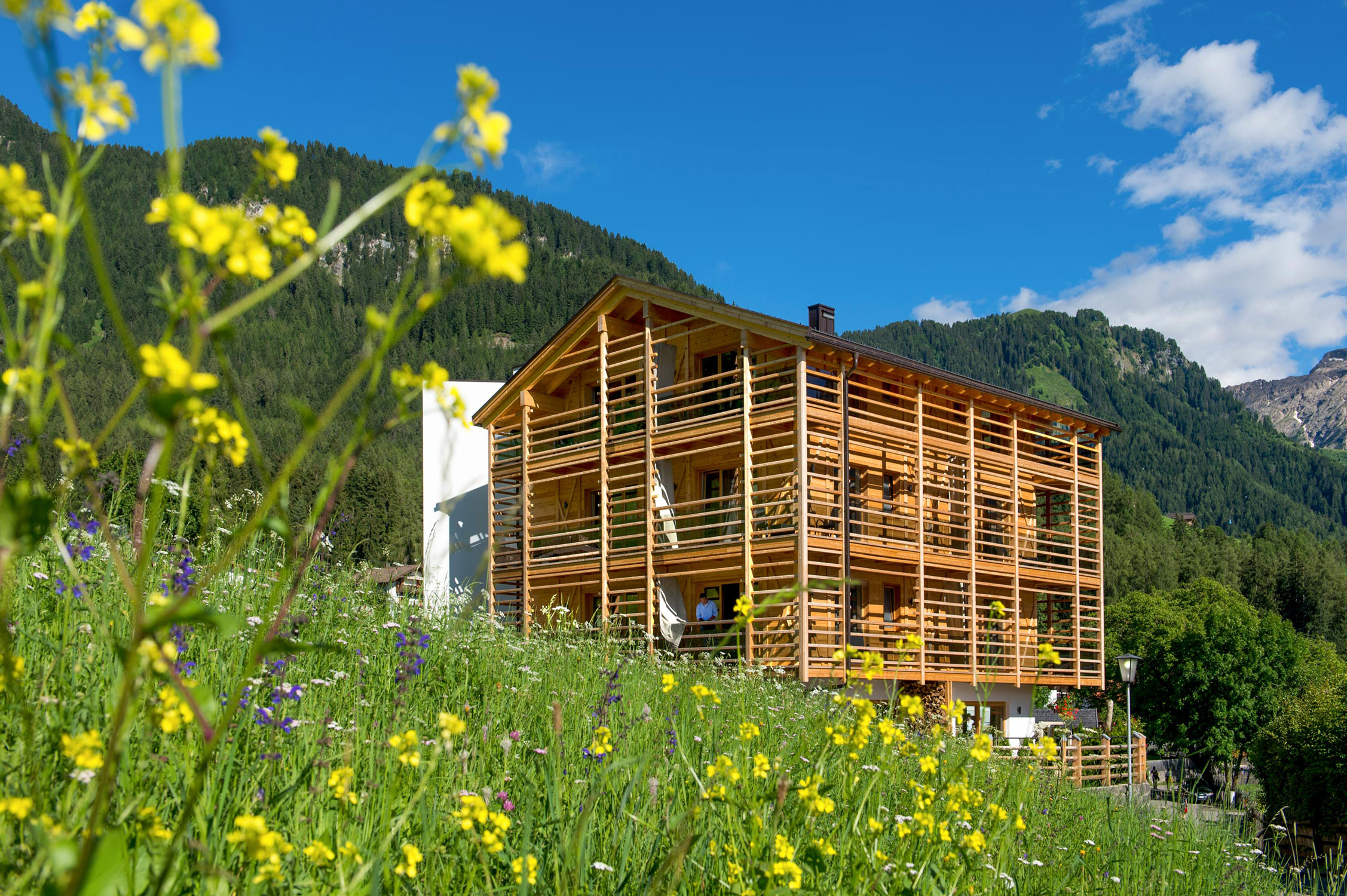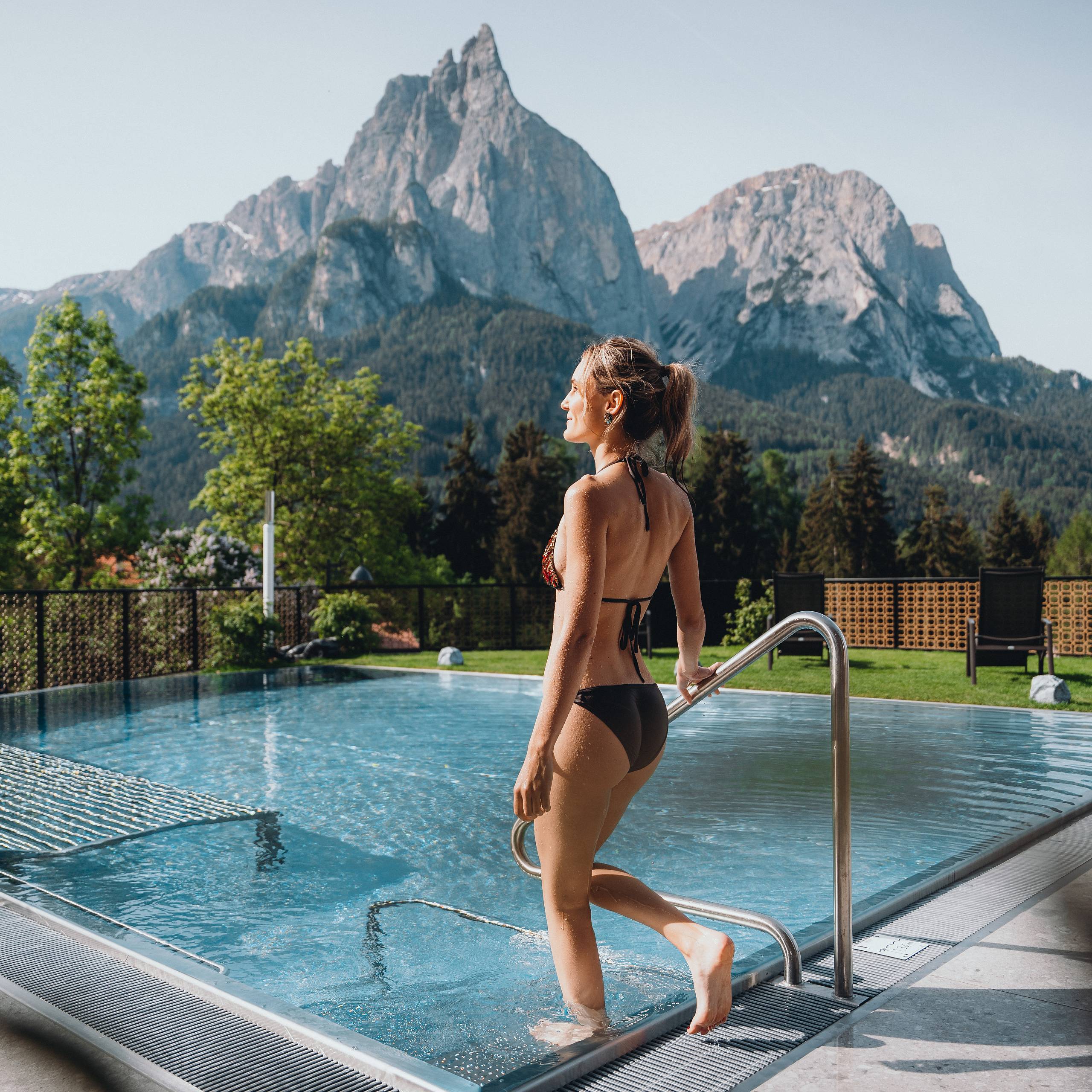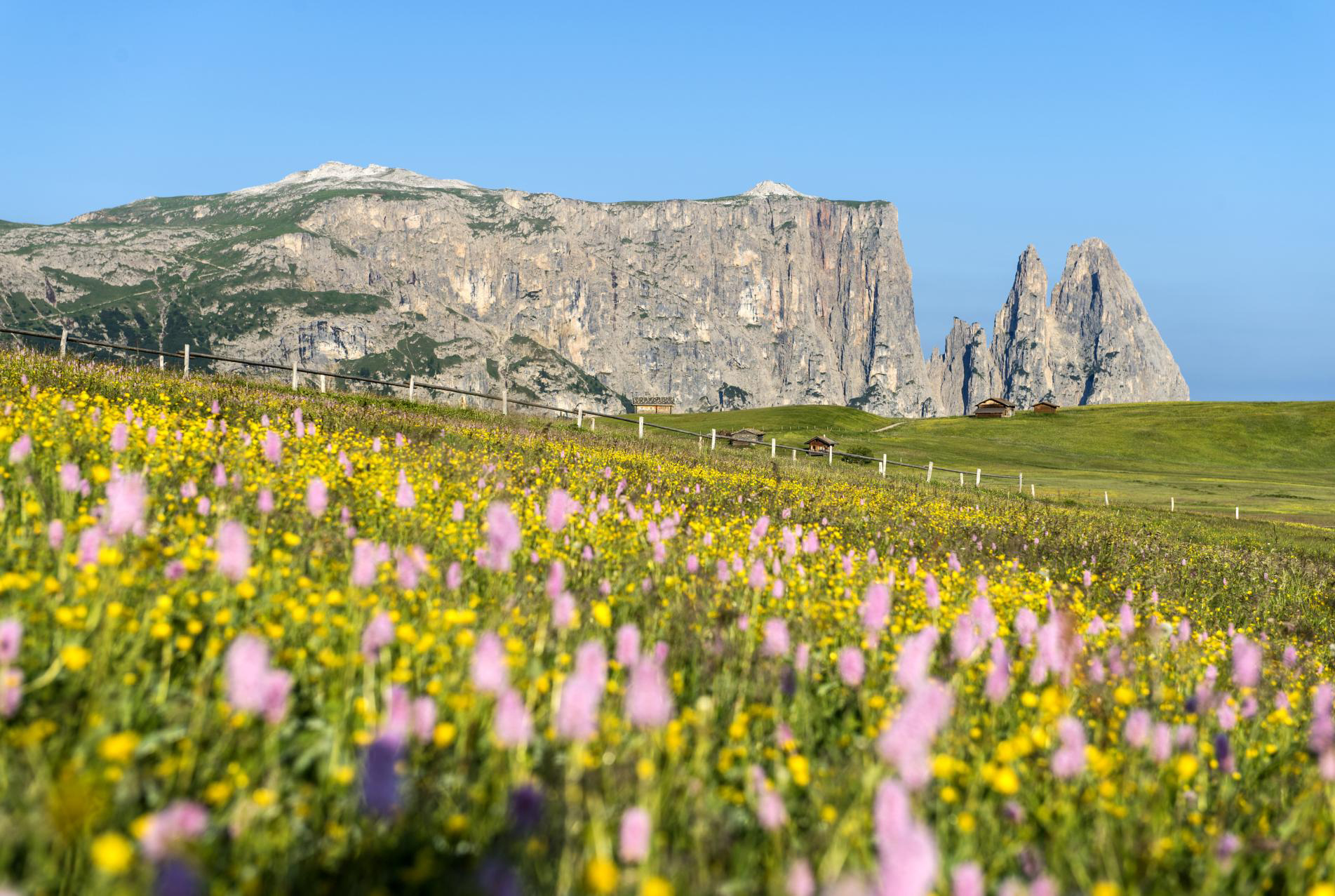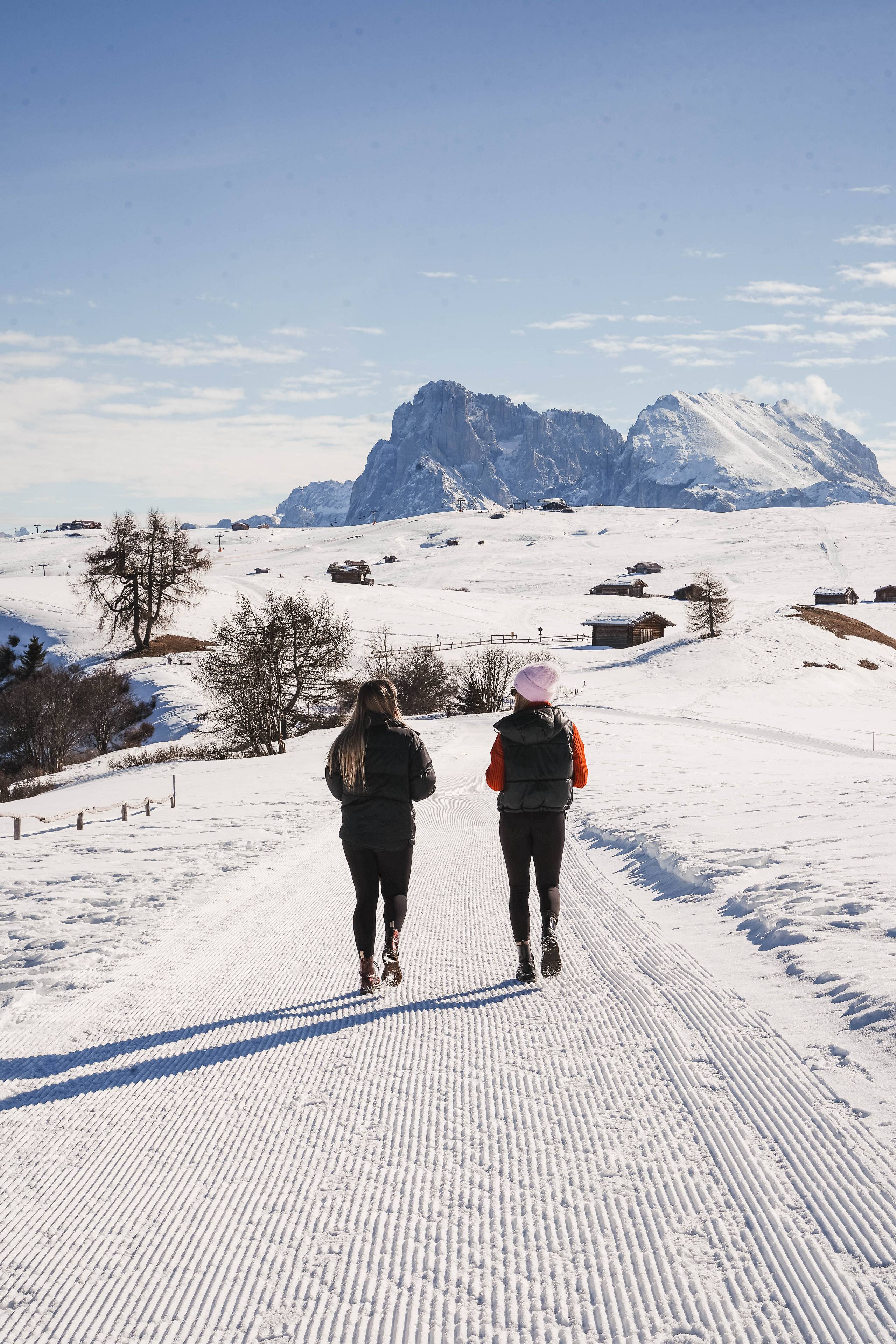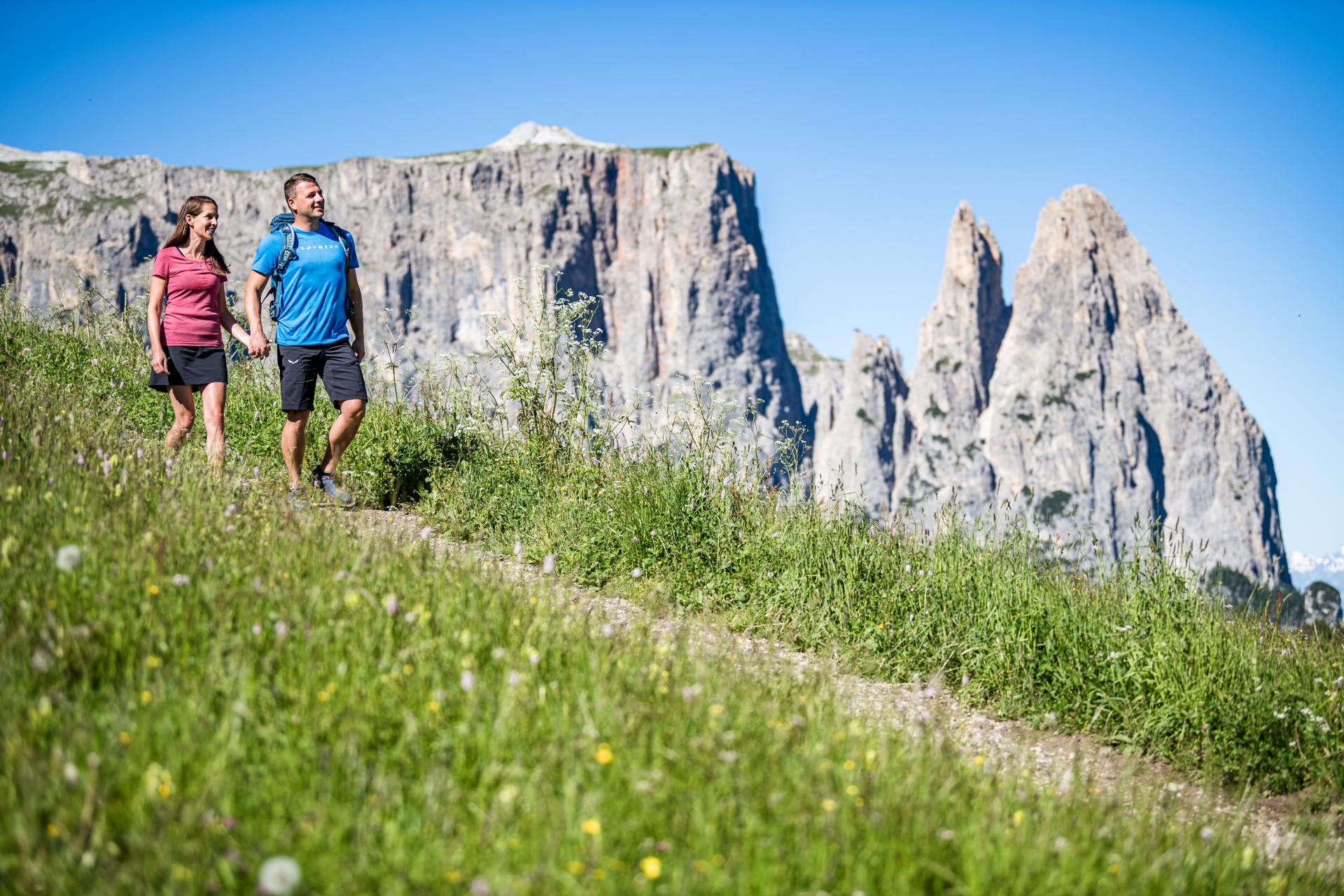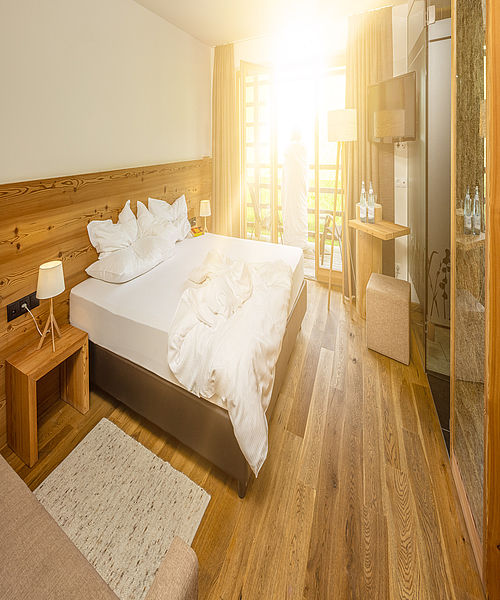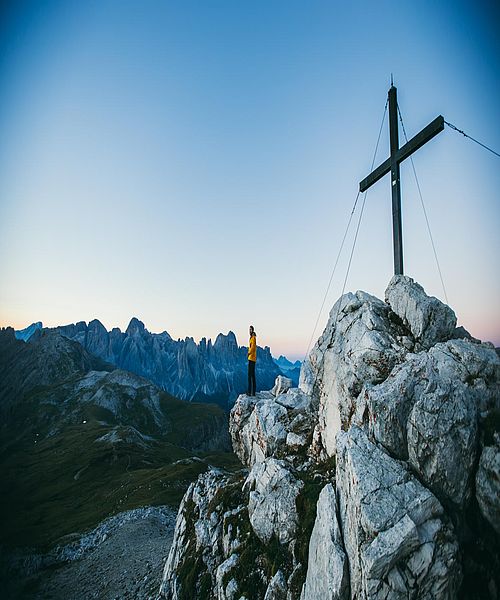You are using an outdated browser. To have the best experience use one of the following browsers:
Of flakes and singing crystals
Why is water wet and the sky blue? It's like this: at some point on the way from child to adult, we stop asking ourselves such questions and wondering. About the thousands and thousands of phenomena that the world around us holds in store and the daily spectacles of nature. Instead, we are so busy with other, seemingly more important things. And then comes that moment when we long to go back. To the time of childlike wonder and carefree curiosity. The good thing is: we can start again at any time.
Every snowflake has a heart
That's how we felt, too, and when the first snowflakes trickled out of the thick clouds above the Alpe di Siusi, we asked ourselves: Why is it actually snowing? This question was only the first step into the wonderful world of snowflakes, which holds so many surprises. Did you know, for example, that a snow crystal needs a nucleus to grow at all? So it needs temperatures below minus 12 degrees and something for the water droplets to cling to in order to freeze and form crystals. A tiny particle of dust in the air is enough and the life of a snow crystal begins. What a snow crystal looks like depends on the temperature. If it is very cold, hexagons and platelets grow; at somewhat warmer temperatures, six-armed stars form.
Sulz, Firn and Co.
Nobody knows exactly how many different snowflake shapes there are. But as early as 1885, an American succeeded in photographing 5000 different snow crystals. Since the 1950s, we have known 7 different basic forms, from which 80 different types are formed. So not all snow is the same. Especially not once it has fallen to earth. It is not true that the Inuit have hundreds of words for snow, but a look in a German dictionary is no less interesting. There are, for example, Harsch, Firn, Sulz or Pulver. And anyone who is involved in skiing or other winter sports knows that every snow is a little different. Why not try it out on your next holiday with us on the Alpe di Siusi! There are more than enough opportunities on the 175 km of ski slopes, 80 km of cross-country ski trails, 60 km of winter hiking trails and the many toboggan runs.
The snow is quietly trickling...
The more we looked into snow, the more amazed we were at the natural wonder that is snow. Supposedly snow can even sing. Not audible to human ears, but very audible to sensitive measuring instruments that captured high-pitched sounds. And they do so at the exact moment when the snow hits the ground. In the meantime, we also know that winter really is a silent season. This is because freshly fallen snow swallows sound waves. Even the snowfall itself is a silent affair. When the flakes fall, they are no louder than 10 decibels. For comparison: a wristwatch ticks twice as loud. We hope you enjoyed our little excursion into the wonderful world of snow and that it whetted your appetite to discover the winter white of the Alpe di Siusi for yourself. Stay curious!
